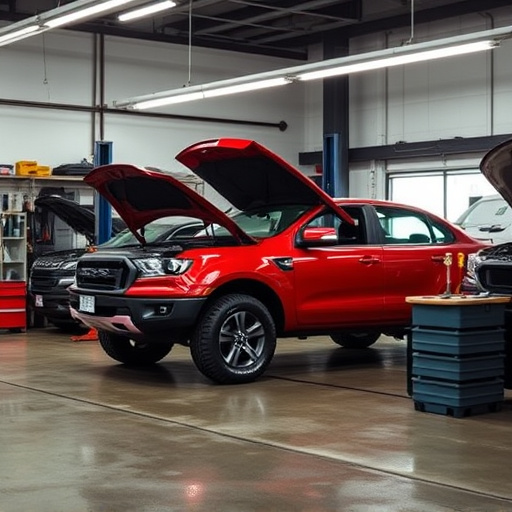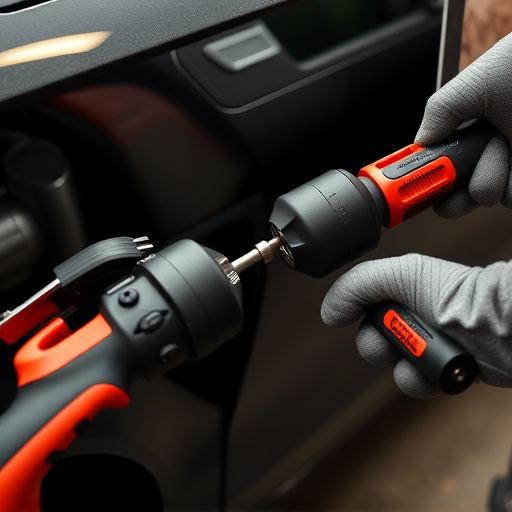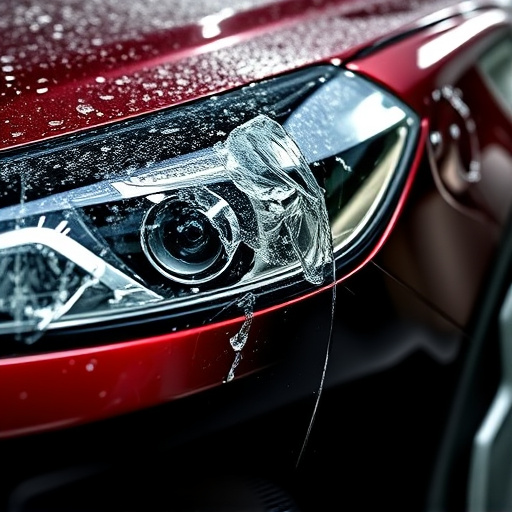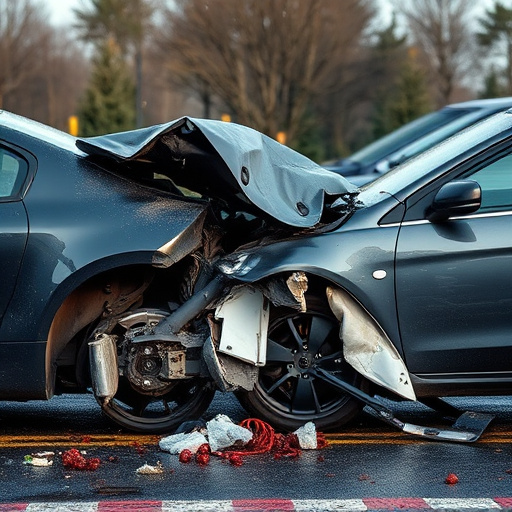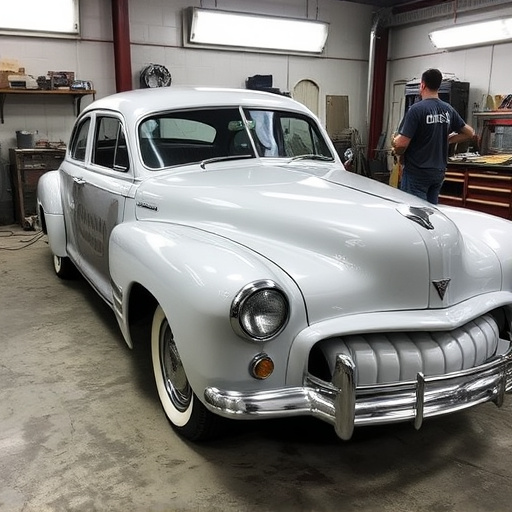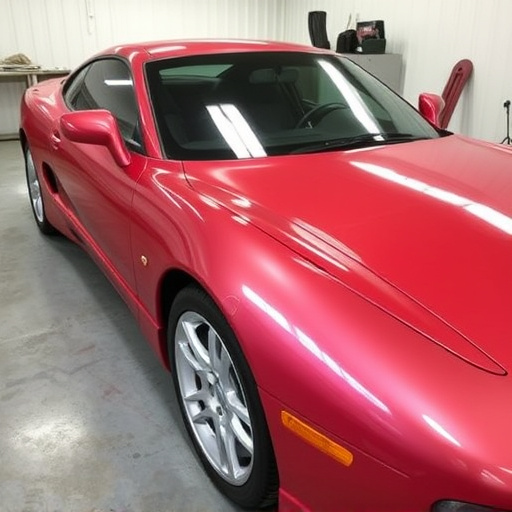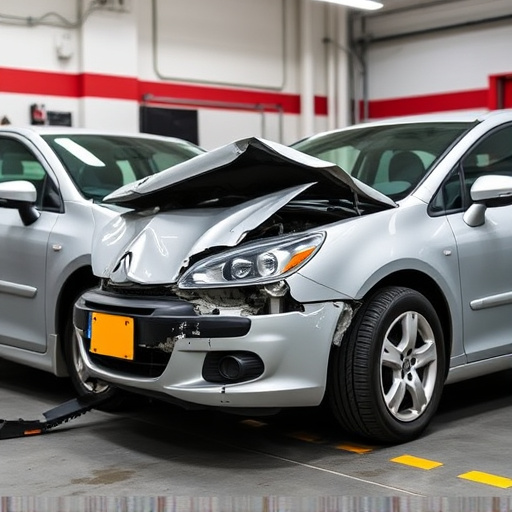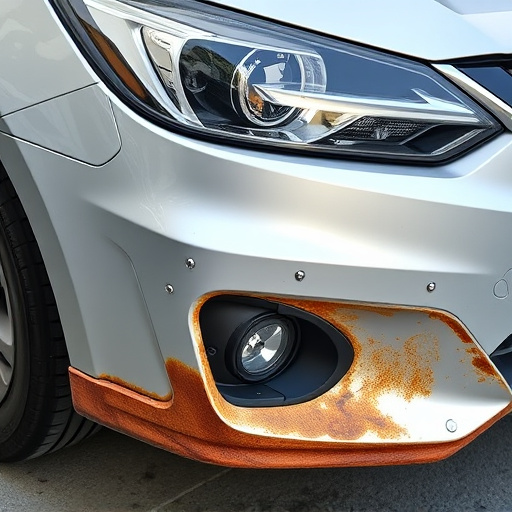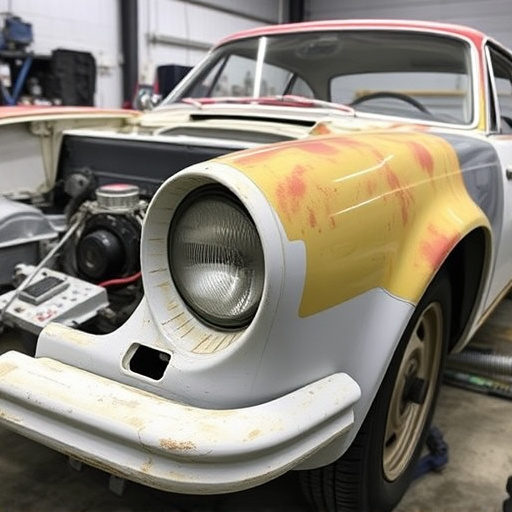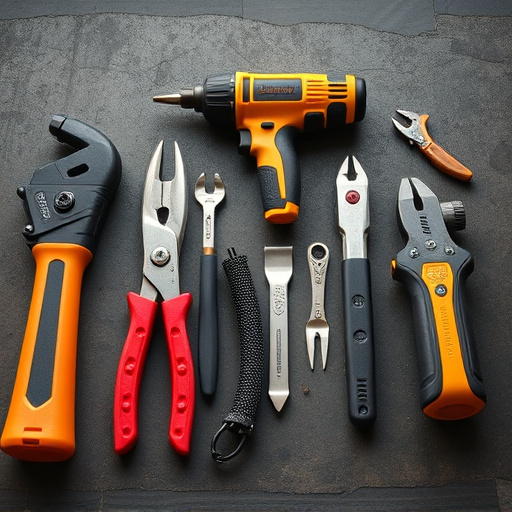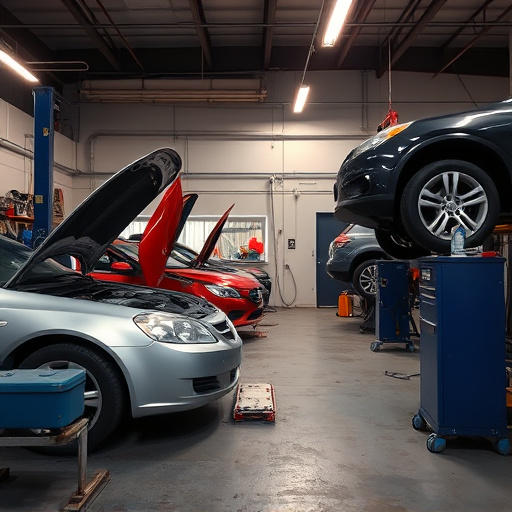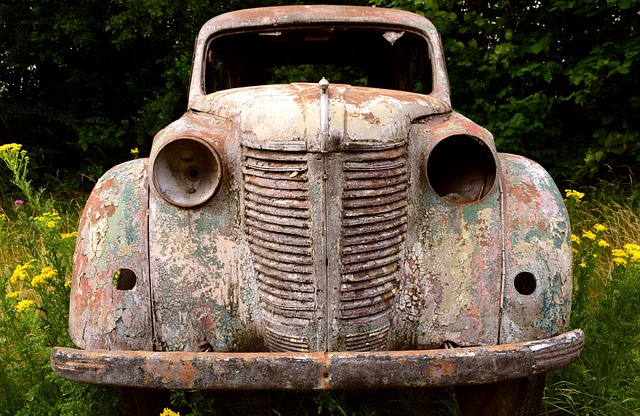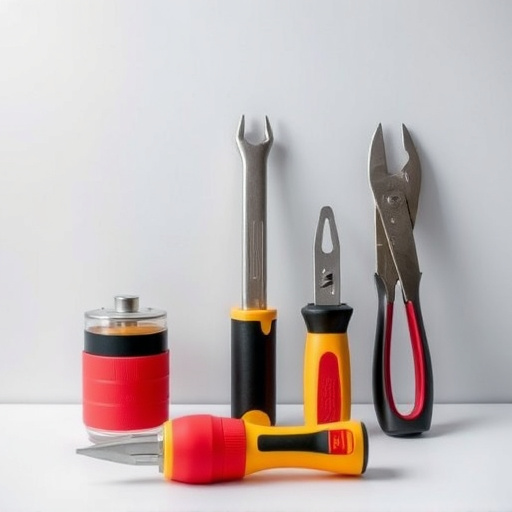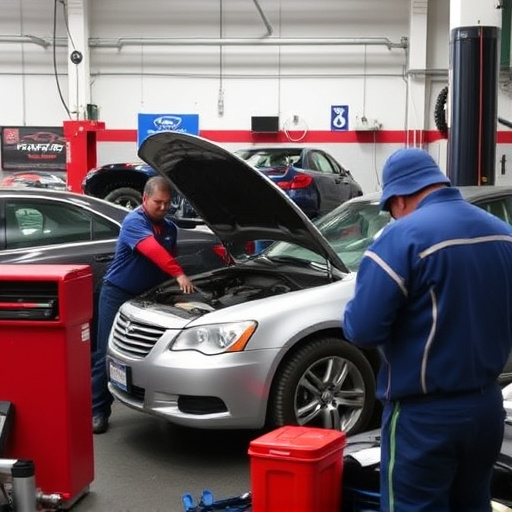Frame repair for insurance claims involves a detailed initial inspection to assess structural damage, including misalignments and bent panels, using photography and measurements. This evaluation guides cost estimates and repairs, ranging from quick straightening to complex panel replacement and welding, influenced by damage severity, technician availability, vehicle type, weather, and insurance processes.
Understanding repair timelines for frame repair under insurance is crucial for policyholders navigating the claims process. This article delves into the intricacies of frame repair, offering insights on assessing damage during initial inspections, standard repair processes with estimated timeframes, and factors influencing completion duration. By understanding these key elements, insured individuals can better manage expectations and ensure a smoother transition towards vehicle restoration after an accident.
- Assessing Damage: Initial Inspection Protocol
- Standard Repair Processes and Estimated Timeframes
- Factors Affecting Frame Repair Completion Duration
Assessing Damage: Initial Inspection Protocol
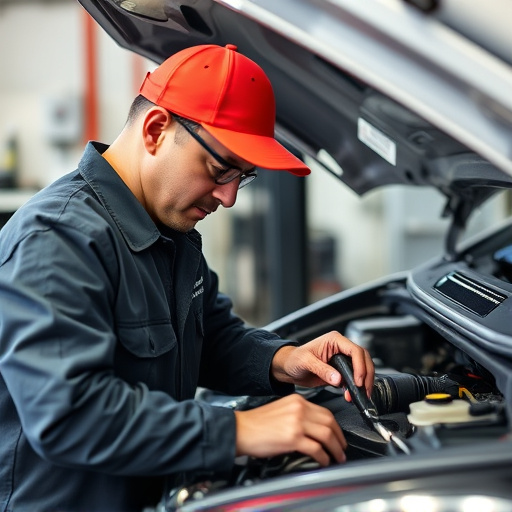
When assessing damage for frame repair under insurance, the initial inspection protocol is a critical step that determines the scope and complexity of the work ahead. Professional insurers or authorized repair shops begin by meticulously examining the vehicle to identify structural integrity issues. This involves checking for misalignments, bent panels, damaged or broken frames, and any signs of prior repairs.
During this phase, detailed notes are taken, photographs are captured from various angles, and measurements are recorded to pinpoint exact locations of the damage. The inspection protocol also includes assessing related damages like dent removal, car scratch repair, and auto glass replacement if necessary, as these can impact overall frame repair timelines. This thorough initial evaluation sets the foundation for accurate cost estimates and efficient management of the frame repair process under insurance coverage.
Standard Repair Processes and Estimated Timeframes
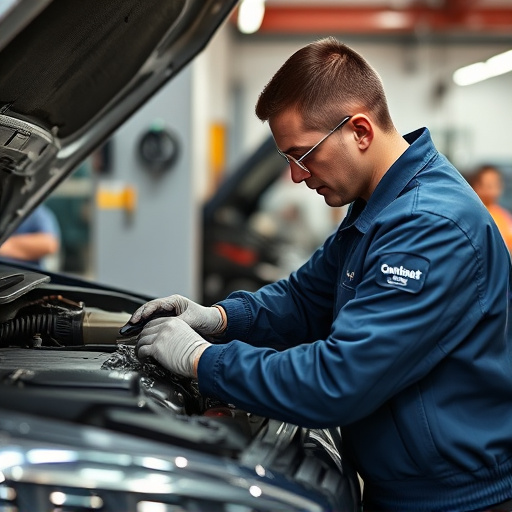
The standard repair process for frame repair under insurance typically involves several steps. Initially, an assessment is conducted to determine the extent of damage to the vehicle’s frame. This includes examining the frame for bends, twists, or other structural abnormalities. Once the damage is accurately assessed, skilled technicians use specialized tools and techniques to straighten and realign the affected areas. This process requires precision and expertise to ensure the frame is restored to its original specifications.
After the initial straightening, body shop services may include additional work such as panel replacement, welding, and painting. For instance, if a vehicle dent repair is needed due to collision damage, technicians will carefully remove the damaged panels before replacing them with new ones. These panels are then welded into place and prepared for paint, ensuring a seamless fit and finish. The entire frame repair for insurance process can vary in estimated timeframes, ranging from several hours for minor adjustments to several days or even weeks for more complex structural repairs and vehicle dent repairs that require extensive body shop services.
Factors Affecting Frame Repair Completion Duration
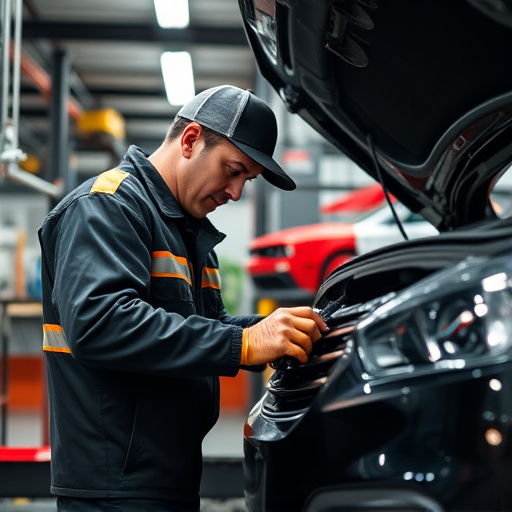
Several factors play a significant role in determining how quickly frame repair for insurance claims can be completed. One of the primary considerations is the extent of the damage. Complex repairs involving multiple components or severe structural issues will naturally take more time than simple straightening jobs. The availability and expertise of skilled technicians also impact timelines; shortages of qualified professionals could lead to delays.
Additionally, the type of vehicle and its make play a crucial part. Some cars are designed with intricate frame systems, requiring specialized tools and techniques for safe and effective repair. Weather conditions can also extend or compress repair durations, especially in regions prone to extreme temperatures or heavy rainfall. Finally, the insurance company’s processes and approval procedures influence the overall timeline, including the time taken for parts procurement and final quality checks.
Understanding the timeline for frame repair under insurance is crucial for policyholders aiming to efficiently navigate their claims process. By familiarizing themselves with damage assessment protocols, standard repair procedures, and influencing factors, claimants can better estimate completion durations and make informed decisions during the restoration of their vehicles. This knowledge equips folks to effectively communicate with repair facilities, ensure timely repairs, and ultimately facilitate smoother insurance claim resolutions for frame repair.
